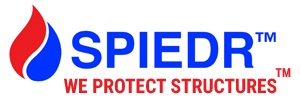Embers are one of the leading ways that wildfires grow and spread by igniting spot fires, jumping firebreaks, and more.
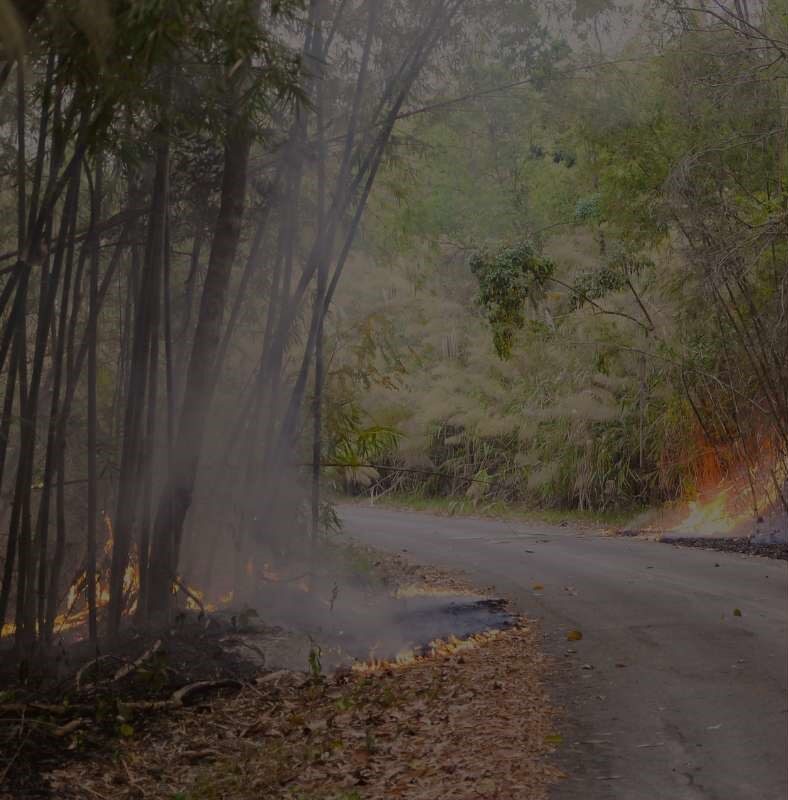
Talk to us today!
What are Embers?
Embers, also sometimes called “firebrands,” are pieces of burning wood, vegetation, or other materials that are light enough to be caught and moved by the wind. Because embers get swept up by the wind, they can land on dry areas and structures, where they can ignite new fires.
Here is how embers contribute to the danger during a wildfire:
Where are Fire Embers Most Likely to Ignite
Wildfire embers will ignite anything they come into contact with that is easily combustible. That means things like dry grass, vegetation, wood, and other materials that are very dry. Imagine anything that could catch fire if you held a match to it, that is something that an ember could potentially ignite. Common areas where embers ignite include:
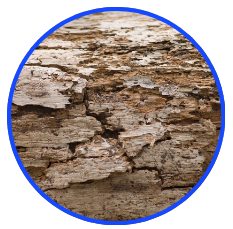
Dry structures made of wood and/or other combustible materials

Areas with dry grass, leaves, and other vegetation

Dead or diseased trees
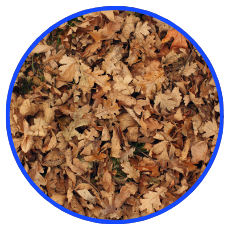
Structures that have dry leaves collected on the roof surface or in gutters
The common denominator here is that all of these areas are very dry. The more dry an area or structure, the more chance embers have of igniting a spot fire that could grow and spread significantly.
FIRE EMBER-HOW TO COMBAT

Remove Potential Fuel
Removing potential fuel is an important part of protecting your home, job site, or other structures from embers. Potential fuel is any material that is dry enough to potentially ignite if it comes in contact with embers. To minimize the amount of fuel, clean your gutters thoroughly and remove dead leaves, grasses, and other vegetation from around threatened structures. Make sure that you remove combustible materials from at least a 1.5-metre radius away from structures.

Remove Dead & Diseased Trees
When we think of vegetation that will ignite easily, we usually think of dry grasses, leaves, and other small, thin plants. However, dead or diseased trees can often be dry enough for embers to ignite and burn them. Removing dead and diseased trees from areas near structures can help to prevent ember ignition.

Use a Rooftop Sprinkler System
A rooftop sprinkler system is designed to keep structures wet so that they cannot catch fire. When an ember lands on a wet roof, it will simply go out, whereas if the roof had been dry, the entire structure could go up in flames after coming into contact with an ember.
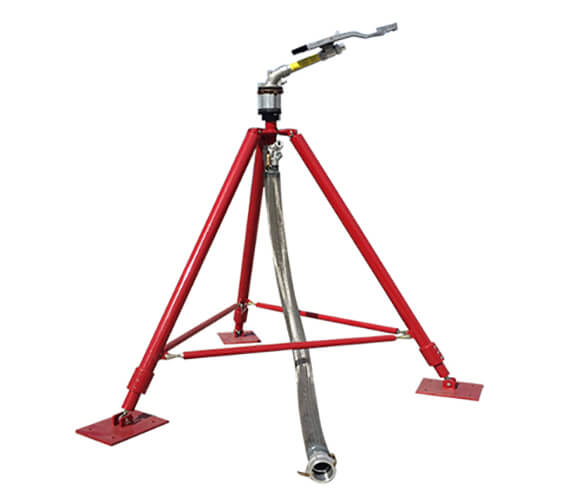
RAINMAKER
Designed for Oil and Gas Industry to protect key infrastructure such as Operations Buildings during wildland fire events.
SPIEDR provides communities with reliable rooftop sprinkler systems designed especially to protect structures of all kinds from wildfire. The RAINMAKER sprinkler is versatile for both seasonal and permanent rooftop use, as well as perimeter setup for wildland fire threats in camp or site facilities. It adjusts to any roof pitch, elevating up to 6 feet to prevent water entry into HVAC systems.
With continuous 360-degree rotation, it covers a diameter of 240’-620’, depending on the specified sprinkler head. The adjustable nozzle combats high winds from head fires, providing a diffusion ideal for evenly covering fuels within its reach.
Installing the RAINMAKER sprinkler system, either permanently or seasonally, enhances site safety and wildfire preparedness, creating a reliable defense mechanism against destructive forces and ensuring everyone’s safety on site.


